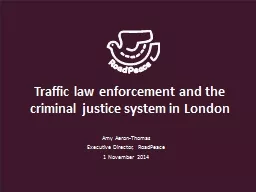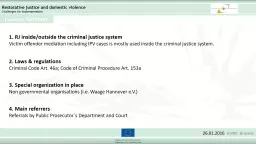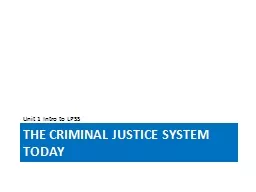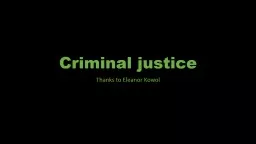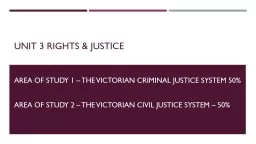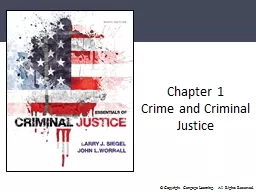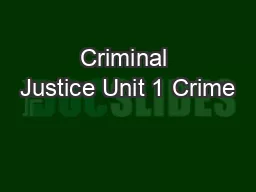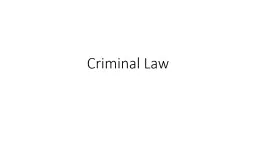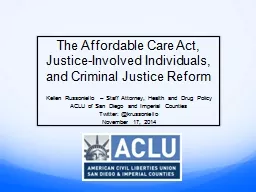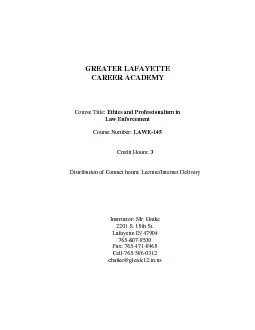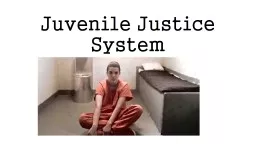PPT-CHAPTER 16: Criminal Justice System
Author : test | Published Date : 2017-01-27
By Emely PardoBrianna Mirabal Kimberly Oliva Karyn Sanchez Raime Morales Anthony Aquiarr and Karina Alegre Who did what Karina and Emely Test and answers
Presentation Embed Code
Download Presentation
Download Presentation The PPT/PDF document "CHAPTER 16: Criminal Justice System" is the property of its rightful owner. Permission is granted to download and print the materials on this website for personal, non-commercial use only, and to display it on your personal computer provided you do not modify the materials and that you retain all copyright notices contained in the materials. By downloading content from our website, you accept the terms of this agreement.
CHAPTER 16: Criminal Justice System: Transcript
Download Rules Of Document
"CHAPTER 16: Criminal Justice System"The content belongs to its owner. You may download and print it for personal use, without modification, and keep all copyright notices. By downloading, you agree to these terms.
Related Documents



